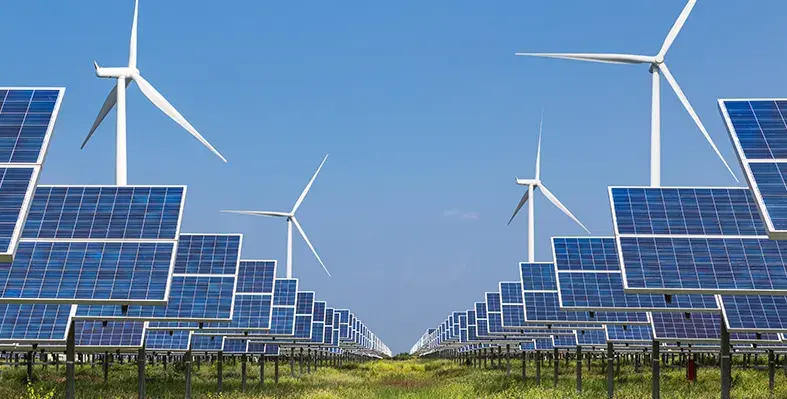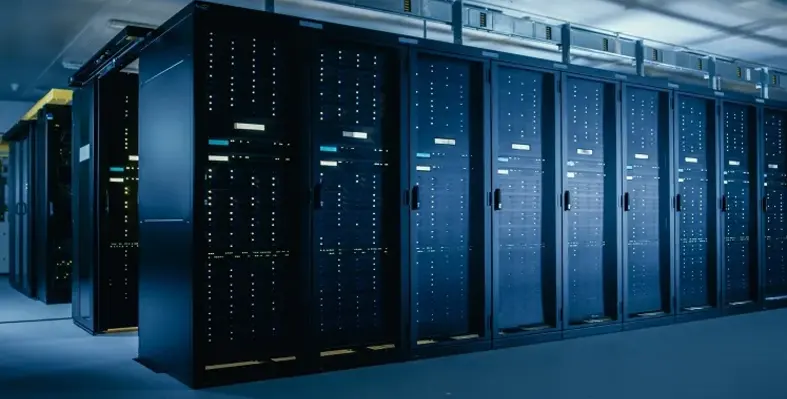A new hydropower plant in Liberia has been allocated additional funding by the African Development Bank (AfDB) following cost overruns
It marks the latest infrastructure project in Africa to be hit by escalating costs.
The African Development Fund, the bank’s concessional lending arm, approved an additional loan of US$7.41mn to complete implementation of Liberia’s Renewable Energy for Electrification project.
A major part of the project is the construction of a 9.34 MW run-of-river hydropower plant in the Gbedin Falls area of Nimba County.
The plant will be connected to an eight-kilometre 33-kilovolt evacuation line and two transformer substations, and also to a cross-border transmission line.
A 15-kilometre permanent access road and an eight-kilometre temporary road will also be built to ensure access to the power plant site.
The project also calls for installation of 50 km of 33/0.4-kilovolt distribution lines and the connection of 6,650 households to the power grid in Nimba and Bong County.
In a statement, the AfDB said the additional financing will be used “to cover a cost overrun for construction of the hydropower plant and related infrastructure, as well as project management cost overruns related to implementation delays.”
The bank recently approved an additional €217mn to complete a major roads project in Uganda after costs doubled as the scheme expanded to include new interchanges, bridges, toll plazas, and service lanes.
The Liberia Renewable Energy for Electrification project is a joint initiative of the Liberian government and the AfDB, initially approved in October 2019, with project implementation beginning in March 2021.
Upon completion, the project is expected to increase Liberia’s national energy mix by 56.5 gigawatt-hours per year, representing about 6.9 per cent of the country’s total supply’s well as expand electricity access to thousands who did not previously have connection.
Read more:
AfDB cash boost for Uganda roads project
Scatec venture signs Liberia, Sierra Leone solar deals
Liberia inaugurates Arcelormittal concentrator plant




